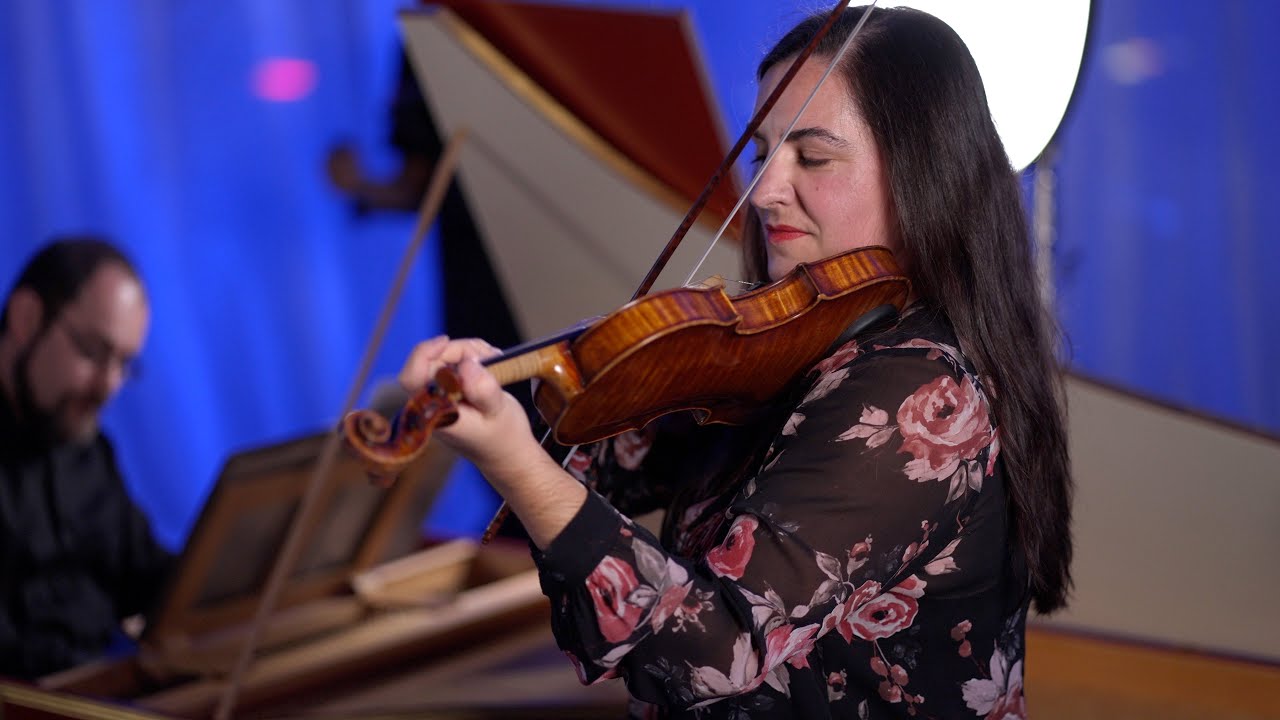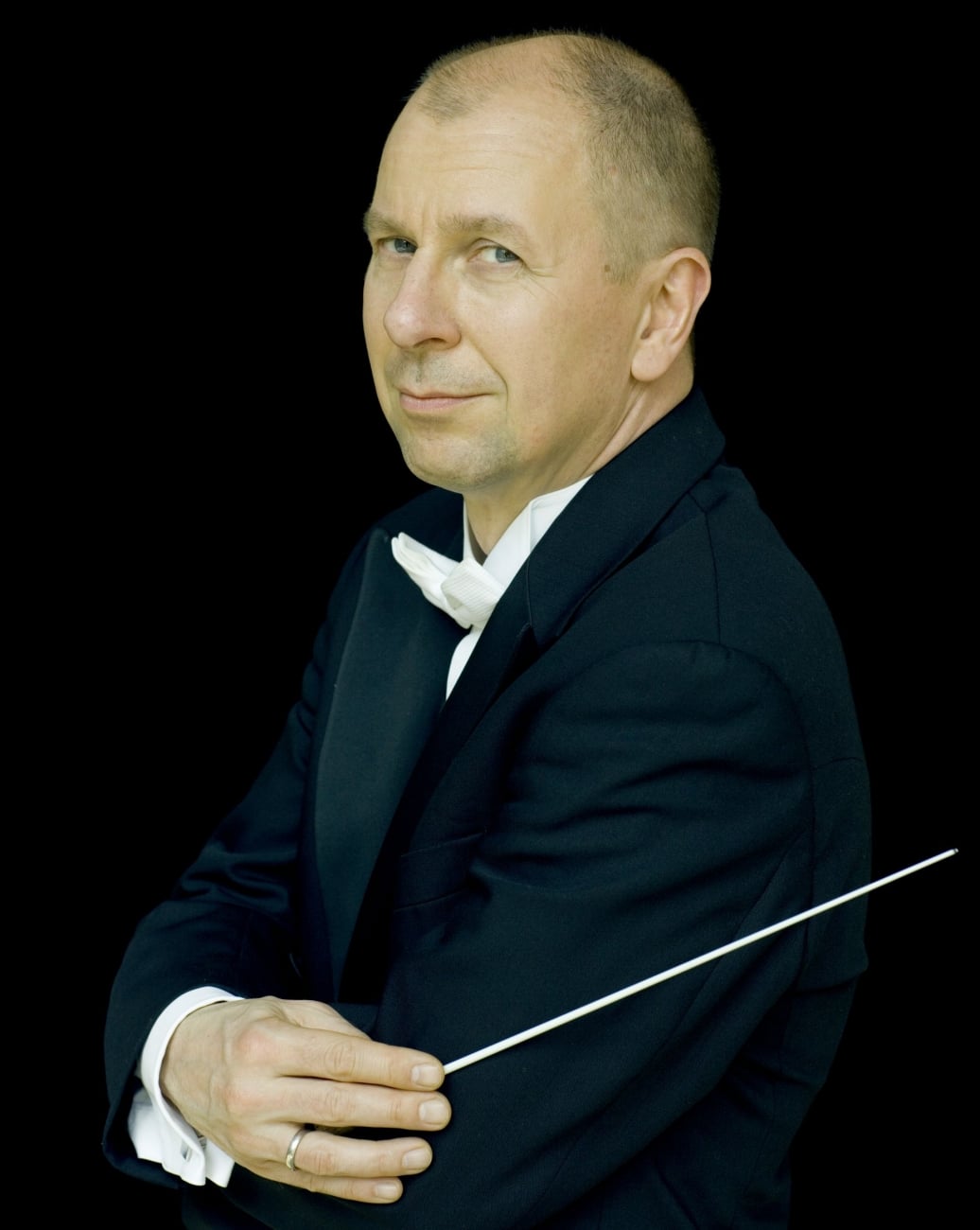British orchestras launch desperate, domesticated promo film
mainThe Ulster Orchestra could go bankrupt at any moment. The BBC orchestras are under threat again. The Scottish ensembles are in varying degrees of difficulty.
So today, the Association of British Orchestras launched this short film to tell us why we need orchestras.
To help with the household chores, of course.
Despair?
You see it here first.







Perhaps Lexus could help?
Are the BBC orchestras under specific threat (again)? Or is that just the assumption of the current BBC financial squeeze?
I don’t see the problem– what are music and art for, if not to ease the desperate tedium of everyday existence?
Blah. More rubbish to perpetuate the myth that the performers are responsible for the existence of the music. If British orchestras fell off the earth tomorrow we’d still have Austrian orchestras, German orchestras, Russian orchestras, Norwegian orchestras, Spanish orchestras…
And all their recordings, which seems to me what the film is promoting…
Works for me… my household chores are currently accompanied by Robert Moran’s Points of Departure, John Adams’ Short Ride and Tromba Lontana
Hm. Good choices, actually!
I agree, the advert doesn’t have a particularly strong message, if you came across it out of context, you wouldn’t pay attention. The music was barely audible on the PC until the last few seconds with the speakers up full. If you come across it in context, you are already presumably a supporter of British (and other) Orchestras anyway. This needs to give a surprising message to people who are not necessarily already friends and fans of British Orchestras, as it is a waste of money preaching to the converted.
I went to the website http://abo.org.uk/championing/orchestras-everywhere.aspx which came up in small text, and needed to be zoomed to be read, so it was not visually grabbing.
The article leads on what we already know, and saves what we may until later, past figures on how “Each year, they play to more than 4.5m people in over 3,500 concerts and performances in the UK, and tour to around 35 countries across the world” which while laudable, is probably the last sentence most people would read in that article as it is so unengaging. If anything it just suggests that music doesnt need support as surely any industry with 4.5m customers and touring to 35 countries, and in addition getting revenues from work on blockbuster movie soundtracks probably can do just fine without subsidy (I am not suggesting this is the case, but one must look at this with the eye of the Chancellor of the Exchequer)
At the end it says: “Click the link on the right to read the full report”.
Is there any obvious link to the right saying report, for anyone still reading? No. To the immediate right there is a link “Orchestras Everywhere” which is just a circular reference to bring you back to the page you are on.
Anyone who hasn’t already given up, may scan the rest of the links on the right in the hope of guessing where the report is hidden – it is behind “ABO Outside the concert Hall, Go There Now” – not exactly intuitive, it sounds more like some link to an outside event series.
Finally, you then see the report. It is again in small text, needs to be zoomed to be read, and at first sight very wordy and frankly dull. Why not something multimedia, virtual magazine, with music clips, video clips, showing orchestras performing, working with schools, and in communities, showing children talking about what they got out of coming along to subsidised concerts. If this is to focus just on the work with the creative industries feature some of the events mentioned in the report, eg music filled evocative clips from computer games, smart phone games, tourist attractions and sporting events, and tasters from gigs featuring top acts that use British orchestras.
There is some effort to make it exciting, as some artwork uses characters from films with famous scores, but the artwork is bland, all being based around one colour tone, in shades of garish orange. Why use only one colour for something which is downloaded, and most people will presumably not print. I can understand if you are printing them commercially for handing out it may be cheaper than full colour, but if it is so dull, it runs the risk of being a waste of money anyway. Yes, there may be more approvals needed to use some imagery from the films, but as a derivative work, someone presumably already had to obtain these, so why not use real imagery with more dynamic colours? http://www.copyrightservice.co.uk/copyright/p22_derivative_works
If you want to evoke a star studded message, why have an orange sky with white stars, which has none of the romance of a dark blue or black sky. This colour scheme is a barrier to the message, as it is irritating to the eye.
The central figures of the artwork are after a bit of work identifiable as the three young wizards from the Harry Potter films, as you can just about spot the lowered wands. Clearly the person who put this together realized who they were didn’t stand out, as they felt they needed to add in a two rings for glasses and a lightning symbol on the forehead of the Harry Potter silhouette. All in all very weak.
All in all, I agree with you Norman, if British Orchestras need a little magic and stardust to get their message across that they are excellent, successful, yet still need our awareness and support, for me this does not do it.
Excellent points – that’s more like it.
To shore up the argument that “non-classical people” benefit from our orchestras, I would ask the question: “Where do the musicians who provide the music for videogames, pop gigs, film soundtracks etc come from? Is there a Sony Playstation College of Music, is there a Pinewood College of Music, is there a Raymond Gubbay College of Music, is there a ClassicFM College of Music? Furthermore, where do the teachers and professors in our established music colleges come from?
Orchestral music doesn’t appear out of thin air.
For those who wish to look behind the sentence in the report “Each year, they play to more than 4.5m people in over 3,500 concerts and performances in the UK, and tour to around 35 countries across the world”
See here:
http://www.abo.org.uk/championing/press/press-release-key-facts-2013.aspx
Of course we need to bear in mind that many of these 4.5m people were not presumably not paying customers, any many others would have attended on heavily subsidised youth tickets.
It would be interesting to see how visitor numbers are broken down when you look at the number of paying concert goers, the number of those which represent heavily subsidised youth tickets, and the number of visitors in this figure which were at nil direct cost to the individual attendee. Did the 4.5m figure include the 660,000 children, young people and others in the community in education and outreach sessions, for example?
If many of these visitors are seeing performances for free or buying heavily subsidised tickets, it helps makes the case for the benefits of and need for subsidy, rather than weakens it.
Utterly embarrassing and trying to ‘sell’ classical music as something it is not.
Although on the surface the financial insecurity of musical institutions seems to be the fall-out of the financial crisis, an underlying cause can be detected which is ideological: ‘classical music’ is supposed to no longer be ‘relevant’ to modern times which require a very different kind of culture. With the passing of time, the repertoire of art music, especially as presented by the ‘expensive’ symphony orchestras, gets older and older and hence, less and less ‘relevant’, as ‘the culture of the past’ slowly disappears behind the horizon of awareness.
But in reality the cultural past has never been so strongly rooted in the present as in our own times: as a result of the development of information technology and increasingly fastidious digging into the past, more and more cultural artefacts have become available. And they find a wide and welcoming audience. The immensily popular collections of ‘old’ art in the great museums and the musical HIP tradition (Historically Informed Performance practice) are merely two examples. So, the ‘past’ becomes ever more ‘present’.
Where does this negative opinion about ‘old’ culture come from? It is a side effect of modern democracy: in Western societies, people without the education and / or interest in high culture outnumber the cultural elites, and through the democratic system – politicians need endorsement from as many voters as possible – negative opinions about culture sip into government policies. The educational system suffers from this tendency as well, with the result that also politicians increasingly rise from the lower ebbs of cultural awareness, reinforcing the process. Cutting subsidies for culture is felt to be welcomed by many more voters than protecting them.
In the mean time, activities that are entirely insignificant in cultural terms, like cooking, fashion, cartoon drawing, pulp fiction, design, pop music, film, and other pure entertainment that does not require any more ambitious aesthetic input than to immediately and superficially please, is increasingly marketed as ‘art’, ‘high art’, ‘work of genius’, ‘sublime’ etc. – attempts to ‘steal’ the glamour of high art in romantic, kitschy terms.
So, we see two interrelated processes, both stemming from the uneducated masses: one tries to elevate ephemeral nonsense to the level of high art, for obvious commercial reasons, and the other tries to kill-off whatever remains of the real high art of the West since that exposes the flimsiness of the first. Both processes are self-destructive tendencies undermining the nature and identity of Western civilization, but it is mostly happening on an unconscious level (just want to be generous). It is only to be hoped that there remain enough responsible people who understand that the wishes of the greatest number of people are not – for THAT reason – the most valuable and meaningful ones.
Orchestras should defend themselves along the lines of cultural symbolism and identity formation, and not sell themselves out to the ignorati, which is suicidal – as the video clearly shows.
In WW II, a minister (pressed by strong budget restrictions due to the war efforts) proposed to Churchill to cut subsidies for the theatres, orchestras, museums and the like. Upon which Churchill answered: ‘What?? Of course not, where else are we fighting for?’ In those times, under the very real threat of destruction, high art was at the core of the country’s identity. Today, philistinism is capable of destroying something that could not be destroyed by Hitler.
I’d love to believe that the Churchill quote is genuine, but if the Telegraph is to be believed, it ain’t.
http://blogs.telegraph.co.uk/technology/micwright/100010200/winston-churchill-on-arts-funding-how-twitter-twists-history-to-suit-modern-agendas/
That is disappointing indeed. But the plausibility stems from the context of that time, which could have inspired Churchill to say something like that. The same with Louis XIV’s supposed saying: ‘l’Etat, c’est moi’ (the state, that’s me) which also seems to have been merely a myth. But it expresses perfectly Louis’ obvious opinion of monarchy.
Allright – other examples to bring home the point: during WW II and the blitz bombing of London, theatre shows, Shakespeare plays, orchestral concerts, parties, receptions etc. etc. just went on as usual, the participants being fully aware of the danger but everybody stubbornly behaving from the conviction that they did not want to be deprived of culture by barbarians. And: during the same deplorable war, survivors of bombed cities scraped along the ruins to unwarmed concert halls and churches to hear classical music, to feel again what it means to be human. I know from stories of my parents that people flocked to classical concerts, also people who would normally not attend such things, and that the hall was filled to overflowing with people in thick coats – players included – listening to pieces written by dead white males from undemocratic and oppressive pasts.